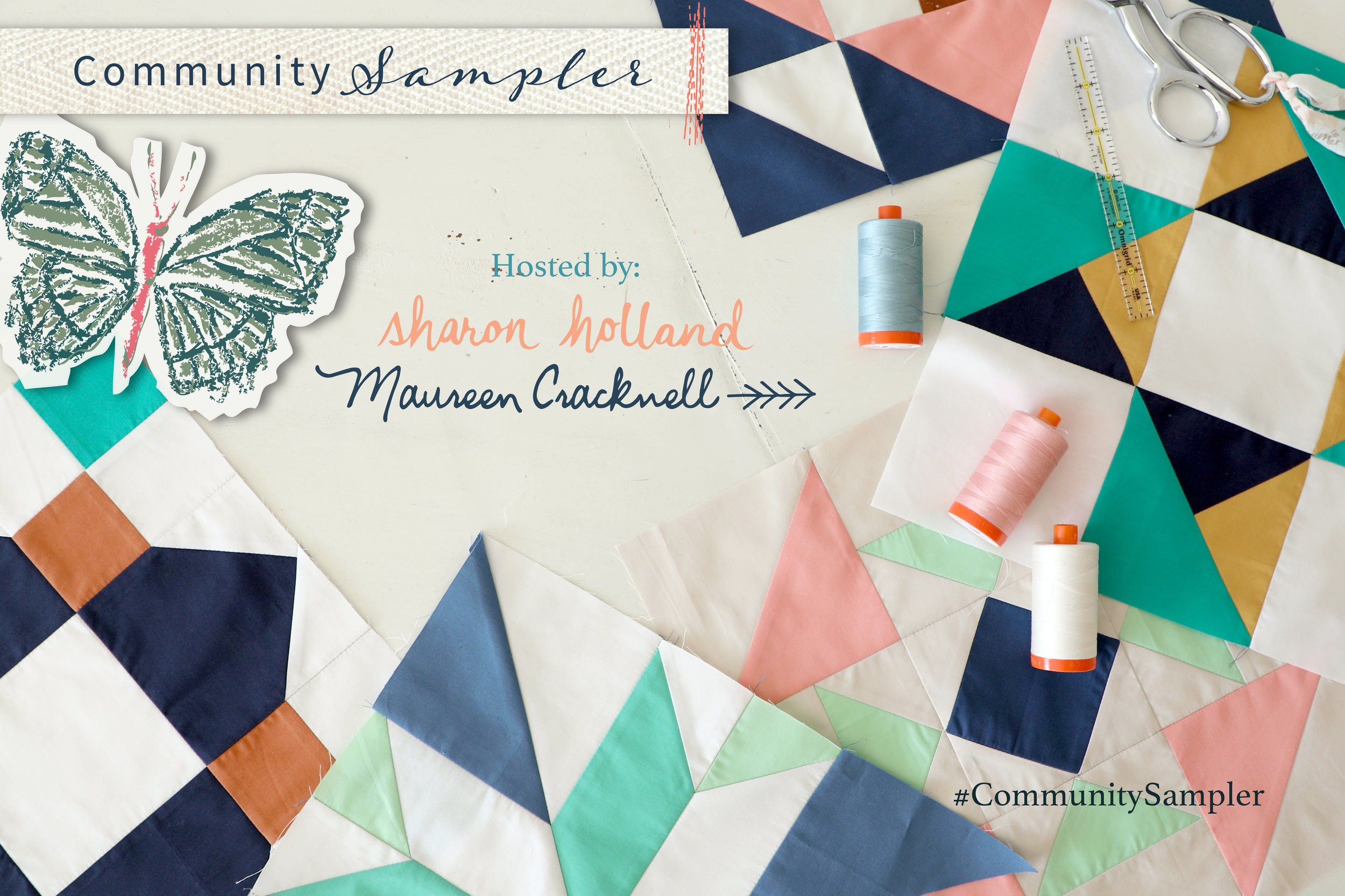Community Sampler Giveaway Week #15
Each Friday, throughout the Community Sampler sew-along, that Maureen Cracknell and myself are co-hosting, will be a Giveaway Friday. We've coordinated special giveaway prizes with our amazing participating sponsors for each and every week! If you've happened to miss the first Community Sampler posts, take a look back from the first post Community Sampler Week #1 to get caught up to the present. Feel free to start sewing with us at anytime--it's never too late to join in, and it's free!
COMMUNITY SAMPLER SPONSORS
TODAY'S FEATURED Community Sampler SPONSOR IS OMNIGRID!
Omnigrid® is a family of measuring and cutting products. When Omnigrid® tools are used together they provide quilters, sewists and DIY aficionados with unsurpassed accuracy and quality. A product concept born of the genius of Peggy and Randy Schafer, Omnigrid® products work behind the scenes allowing makers to flawlessly bring their creations to fruition. - See more at: Omnigrid!
Products * Projects and Patterns * Instagram * Pinterest
We hope you enjoy visiting Omnigrid!
For this week's Community Sampler Giveaway, Ominigrid is offering an incredible prize! Both the blog and Instagram winner will receive all of the wonderful Omnigrid sewing/quilting products shown below! Due to the oversized nature of this prize we will have to limit the drawing to winners within the United States only (see entry rules).
THIS PRIZE PACK INCLUDES:
2050 45mm rotary cutter * R24 6” x 24” ruler * 18 x 24 cutting mat * R1 1” x 6” ruler * 2045 28mm rotary cutter * 2051 45mm blade replacement * 2046 28mm blade replacement * Thread Snips * 2-1/2'' x 2-1/2'' ruler
Thank you Omnigrid for this generous prize!
ENTER TO WIN!
Here's how: Since Maureen and I are taking turns hosting the Community Sampler Giveaway Fridays, this week I'm sending you to Maureen Cracknell's blog to enter!
Sorry, international friends, due to the oversized nature of this prize we need to limit this drawing to entrants with U.S. addresses for this giveaway.
A BIG thanks to all of you who are joining the Community Sampler sew-along and to those who enter our Giveaway! ♡ Sharon





